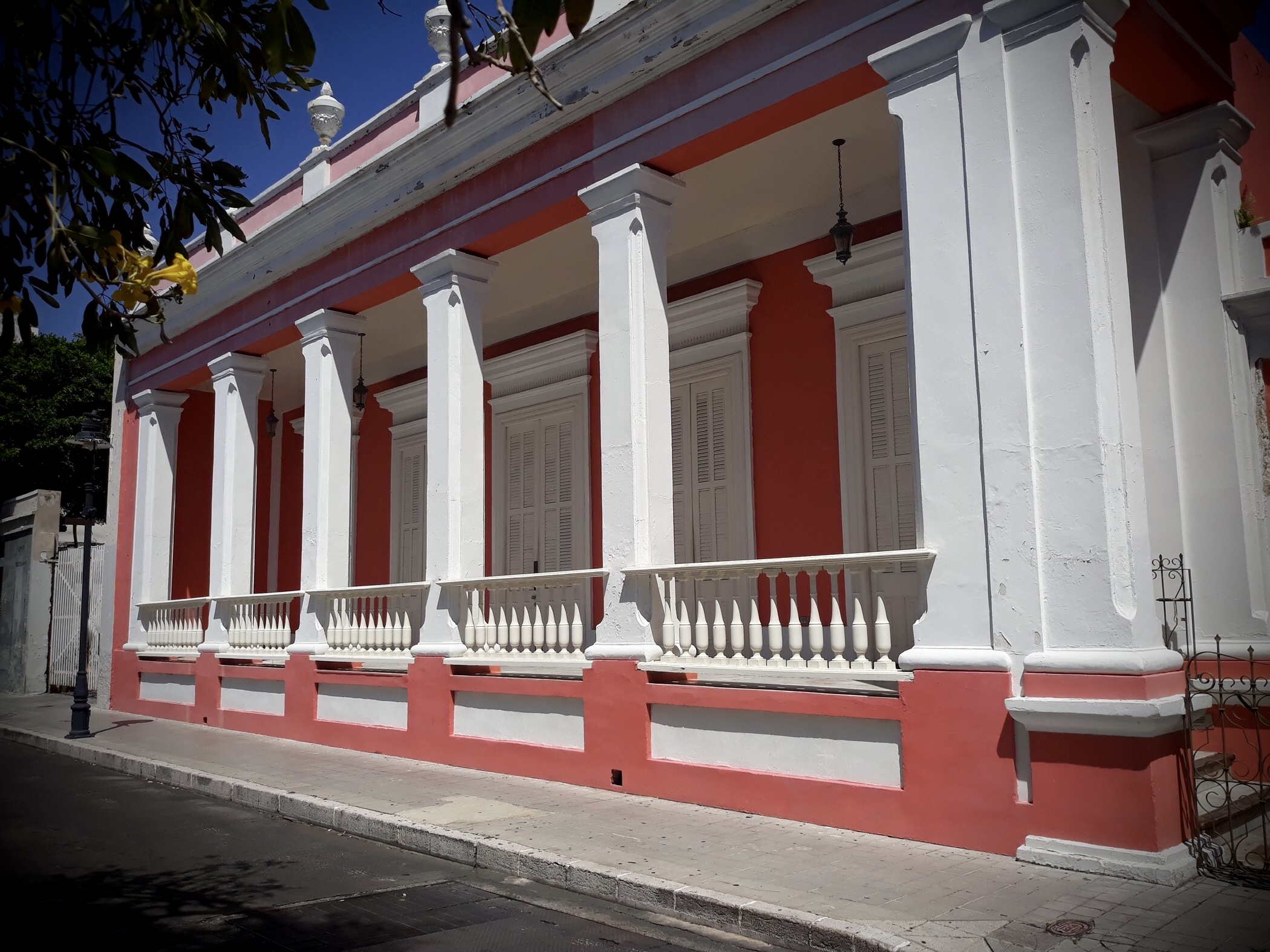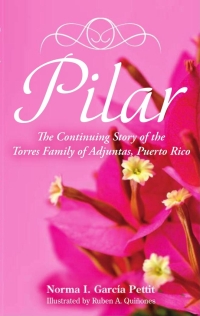Ponce's Architecture in 1870
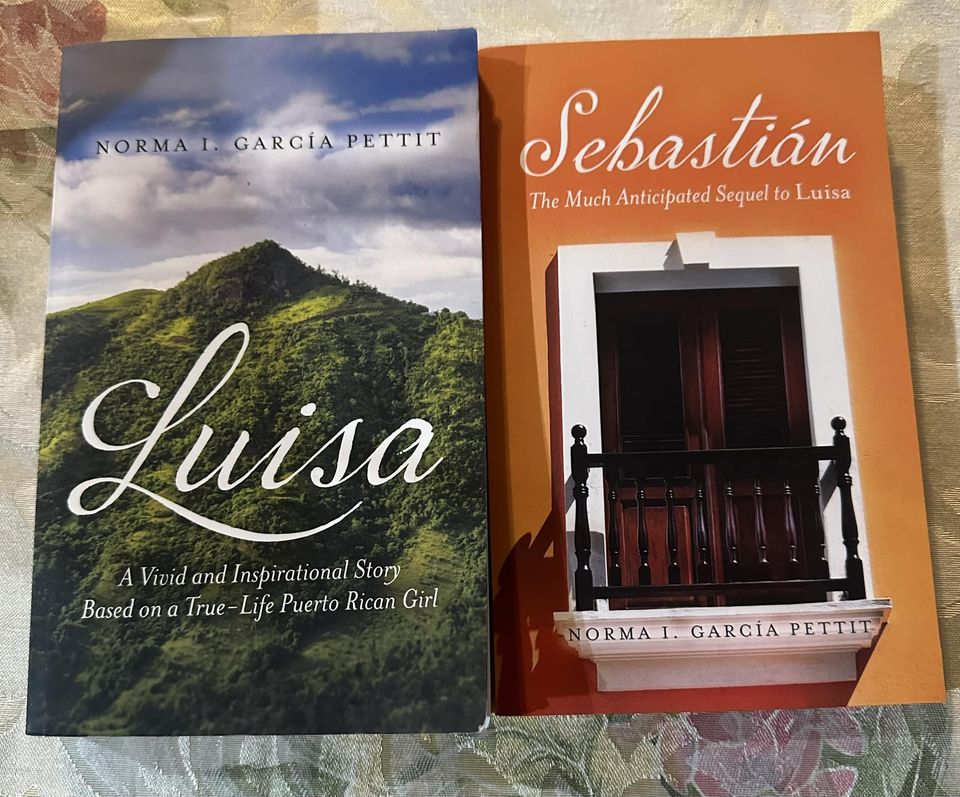
In Luisa, I described Ricardo and Chenta’s house in Adjuntas something like the home pictured here, except with the kitchen sink hanging below the window, as in the second picture. Note the open yard space in front of the house, called a batey.
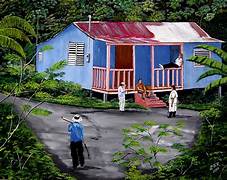
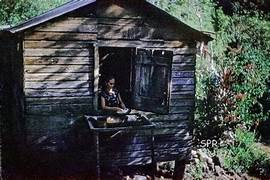
They passed many humble homes along the way, some of which were little more than shacks...
.jpg)
...but once they entered the main part of town, Luisa saw houses and buildings vastly different from the mountain cabins that she was used to…They drove up and down the streets of Ponce so that Sebastián and Luisa could get acquainted with the town and the style of the buildings. Many of the homes were very pretty, colorfully painted wooden structures with balconies and tall front doors. Luisa had never seen houses built so close to one another. She thought it might be nice to be able to stand on the balcony of one’s house and wave at or even have a conversation with a neighbor next door.
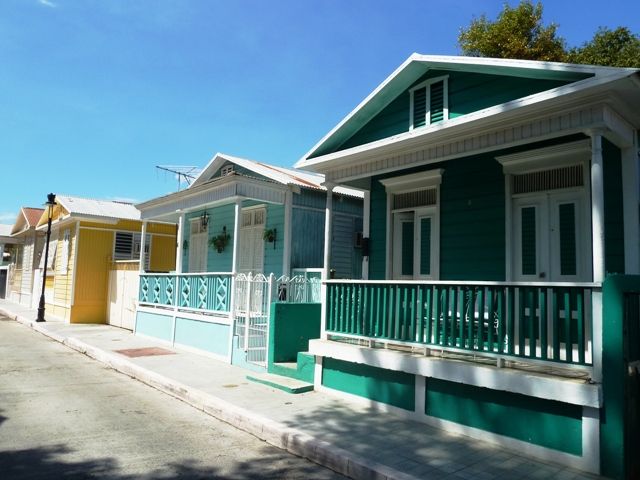
In Sebastián, Teresa García lives in one such home with her father and brother. I imagine it could have looked similar to this green house, except that the street was not paved and there was no sidewalk. Her aunt and uncle lived next door, and the two families could easily converse from one front porch to the other.
During the late 19th century, a new architectural style which came to be known as Ponce Creole was developed in that town. It combined elements of French and Spanish traditional styles but had unique characteristics that allowed the homes to withstand the hot and arid climate, taking advantage of the sun and the sea breezes of the southern Caribbean coastal region. The style, a blend of wood and masonry, incorporated Spanish Revival and Victorian architectural elements.
In Chapter 3 of Sebastián, an opportunity arises for Pedro, Pablo and Sebastián to work on the finish carpentry of the home of a renowned businessman, Ermelindo Salazar. This was a new experience for the three young men as they were used to working on wooden structures, not one made of mampostería (masonry). This is what they observed upon approaching the elegant building.
Four side steps led up to a front porch that extended completely along the front of the house. Six tall pillars supported the overhang that provided shade. Decorative elements enhanced the railing and roofline. Though not yet painted, the house was already stunning.
The architect, Juan Bertoli, later explained more about the construction to them.
“Are you familiar with this type of construction?” he asked. Seeing them shake their heads, don Juan continued. “The first thing you will notice is that there are several tall doors opening out to the front porch. The same is true for the back of the house, leading out to the courtyard. When the front doors and back doors are all open, this will allow for an excellent cross breeze. The raised foundation helps keep the floor cool and the high ceilings also contribute to the comfortable temperature inside the house.”
Sebastián listened in awe and could feel for himself how cool it was in the house, even though the temperature out on the streets of Ponce was uncomfortably warm and humid in the month of September.
That very same building, shown below, is still beautifully intact and preserved on Cristina Street, just a half block away from Ponce’s plaza. It now houses Ponce’s Cultural Center. Randy and I visited it when I was beginning to write Sebastián and again when the book was nearly completed. On that second occasion we were able to enter the building and admire its Italian marble floors and interior architectural details. It is a stunning example of the fusion of Colonial Spanish and Ponce Creole styles. If you are ever in Ponce, take a tour of the streets in the historic district, the area surrounding the plaza, and admire the unique architecture – one of the reasons why Ponce has been dubbed la Perla del Sur (the Pearl of the South).
